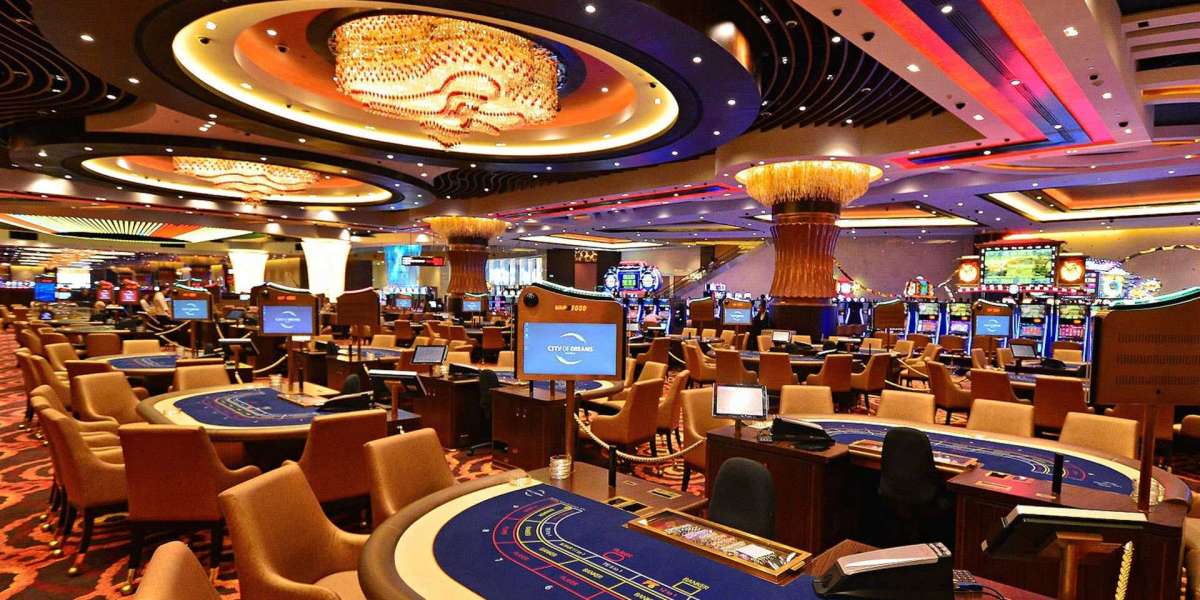Introduction:
To replicate and assess the effects of sunlight on different products and materials, an elaborate piece of equipment called the Xenon Arc Test Chamber has been developed. This testing equipment is especially important for sectors like automotive, aerospace, textiles, and coatings, where prolonged exposure to sunlight can cause deterioration and damage.
Let's examine the Xenon Arc Test Chamber's operation, characteristics, attributes, and applications.
Working principle of Xenon Arc Test Chamber:
Xenon arc lights are used in the Xenon Test Chamber to simulate sunlight exposure. This range of light that these lamps generate includes visible, infrared, and ultraviolet (UV) radiation. This simulates sunlight conditions quite precisely. Once the xenon lights are turned on, samples of items or materials are put within the chamber and exposed to either constant or cyclical sunlight simulation.
Features of Xenon Arc Test Chamber:
Xenon Lamps: The xenon arc lamps are the focal point of the room. These lamps provide bright light that perfectly mimics the sunlight's radiation.
Temperature Control: To simulate temperature variations seen in actual situations, the chamber frequently includes a temperature control system. This enables a more thorough evaluation of the performance of the materials.
Humidity Control: To provide a more realistic reproduction of environmental conditions, certain modern chambers are outfitted with humidity control devices.
Rotating the Samples: The samples inside the chamber can be turned to provide even exposure. To replicate various solar exposure angles, this functionality is necessary.
Systems for Filtering: Filters may be added to chambers to mimic particular ranges of the sun spectrum, allowing for more focused testing for various sectors and uses.
Specifications of Effective Lab India Xenon Test Chamber:
- Light Spectrum: Covers UV, visible, and IR spectra to replicate natural sunlight.
- Temperature Range: Typically adjustable from RT+30. ~ 80?.
- Humidity Range: Effective Lab India xenon chamber humidity control within a range of 0.5~ 2.0 W/m2 (Single point of control: 0.35~ 1.0 W/m2340nm) (Single point of 50 W/m2~ 120 (Full spectrum: from 300~ 400nm).
- Sample Capacity: Varies, with options for single or multiple sample testing.
- Control Systems: Microprocessor-based controllers for precise regulation of testing parameters.
- Xenon Lamp: A 1.8KW iXenon lamp
- Filter: Daylight filter or Windows Glass filter
- Lamp Lifetime: 1,500~ 2,000 hours
- Exposure Area: 1,000 cm2
- Power Supply: 220V 50/60HZ; 12A
- Max. Rated Power of Chamber: 2.5 KW
- Dimension (L×W×H ): 780×580×1,040 mm
Applications of Xenon Test Chamber:
Automotive Industry: Examining how long vehicle paints, polymers, and fabrics can withstand exposure to direct sunlight.
Aerospace Industry: Assessing how sunshine affects materials used to make aeroplane parts to ensure their lifespan and safety.
Textile and Clothes: Examining textiles for colourfastness and robustness to avoid fading or deterioration in outdoor environments.
Paints and Coatings: Evaluating paint and coating performance in terms of general integrity, gloss, and colour retention.
Plastics and Polymers: Investigating how resistant plastic materials are to deterioration and discolouration brought on by sunshine.
To sum up, the xenon arc weatherometer is an essential tool for estimating the durability and long-term performance of materials and products that are exposed to sunlight, and it greatly aids in the quality assurance procedures used by a variety of industries.
For any questions or other lab testing instruments information, please get in touch with us at: Email: [email protected] Phone: +91 9555515525














